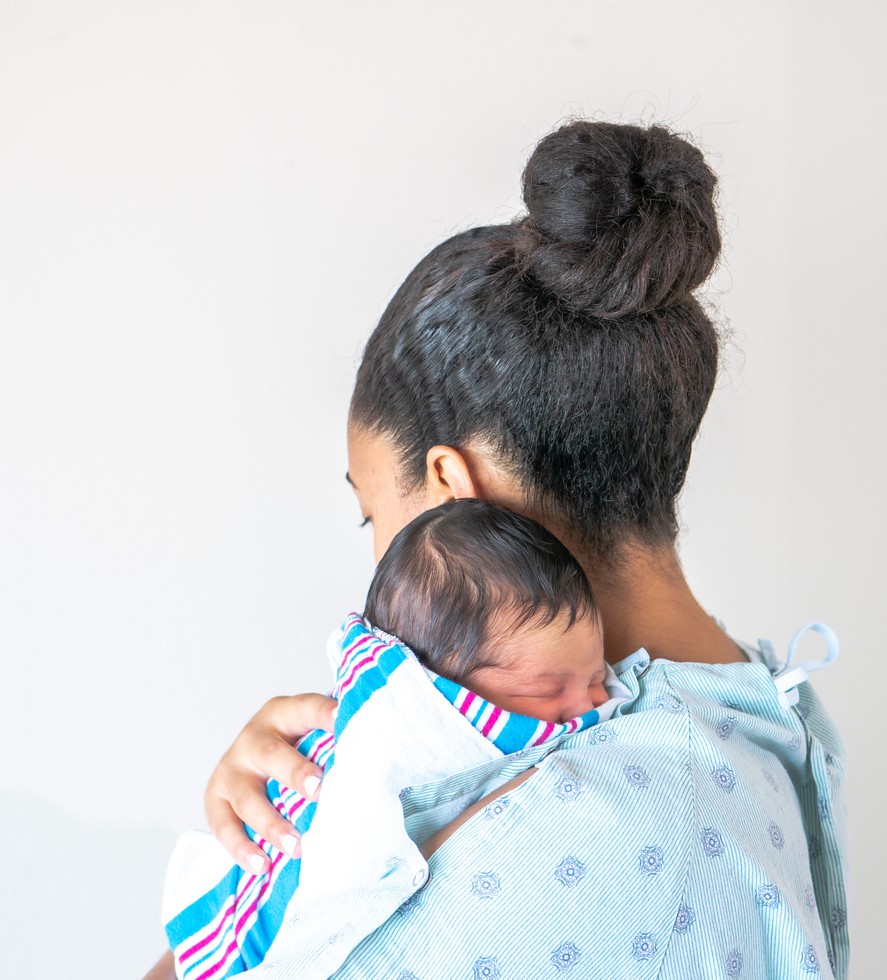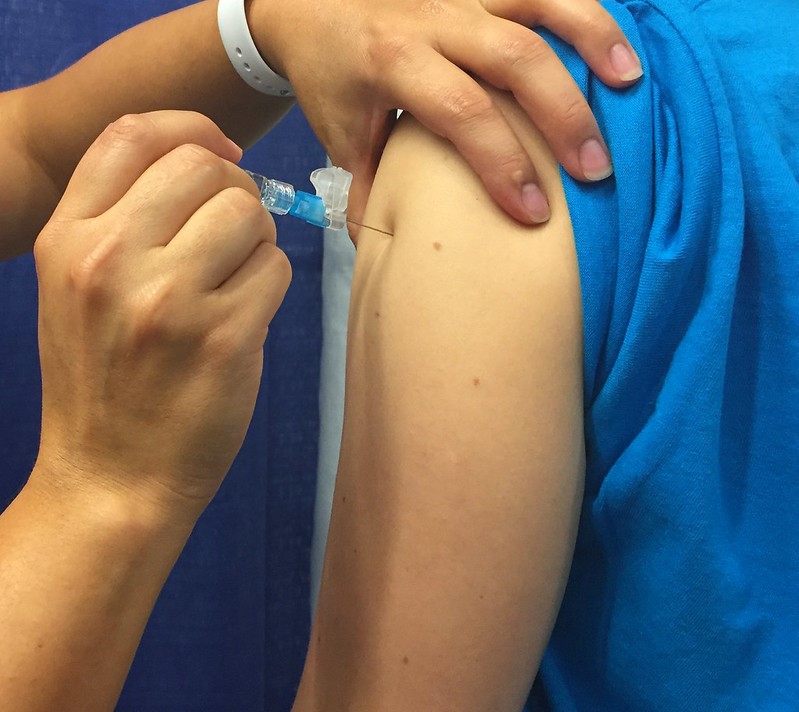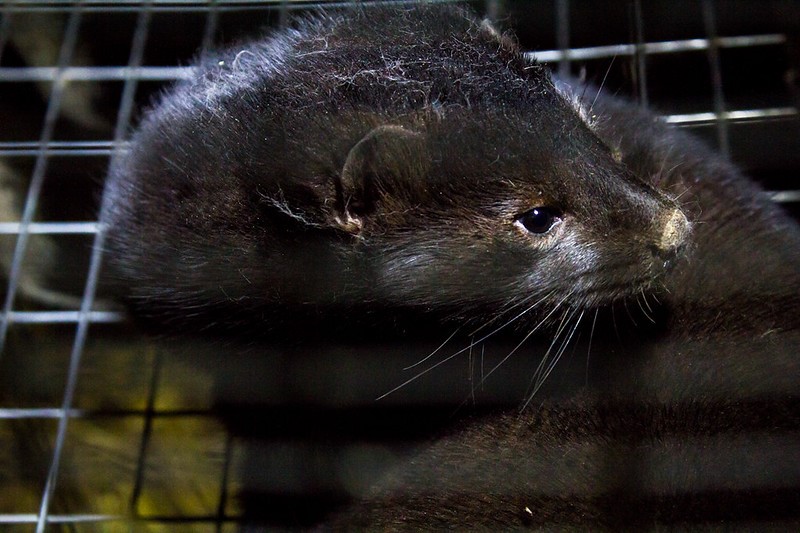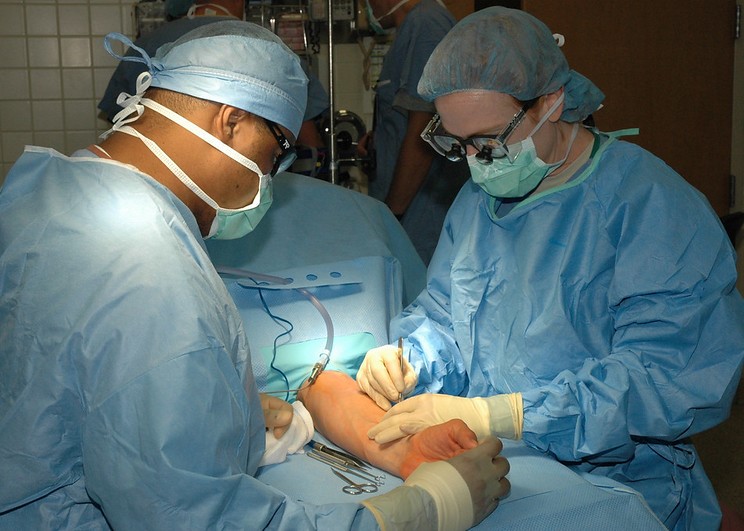 Results of an ongoing phase 2 clinical trial show that an experimental vaccine given to pregnant women substantially reduced the risk of group B streptococcus infection in their infants.
Results of an ongoing phase 2 clinical trial show that an experimental vaccine given to pregnant women substantially reduced the risk of group B streptococcus infection in their infants.
A team led by the South African Medical Research Council Vaccines and Infectious Diseases Analytics Research Unit evaluated the safety and antibody levels in infants after their mothers received one dose of different formulations of Pfizer's hexavalent (six-strain) GBS6 vaccine or a placebo in the second or third trimester of pregnancy. A total of 17,752 women were included.
Over the same period (March 2019 to June 2020), the team also assessed which antibody concentrations were tied to a lower risk of invasive strep infection in infants up to 89 days old. Twenty-eight infants developed streptococcal disease and were studied in combination with a group of 90 infants with invasive disease retrospectively enrolled.
The research was published today in the New England Journal of Medicine. Group B strep transferred from mothers to newborns before or during delivery can cause sepsis, pneumonia, meningitis, and long-term neurologic impairment in infants.
75% to 95% risk reduction
Concentrations of immunoglobulin G (IgG) of 0.184 to 0.827 micrograms per milliliter in infants were linked to reductions in disease risk of 75% to 95%. Mother-to-infant antibody ratios were roughly 0.4 to 1.3, depending on the dose.
Overall, 57% to 97% of infants had detectable antibodies to the vaccine formulation that provoked the strongest immune response.
No vaccine-associated safety signals were detected in mothers or infants, but there were more local adverse reactions in mothers and infants who received GBS6 containing aluminum phosphate.
In a commentary in the same journal, Carol Baker, MD, of the University of Texas, said that GBS6 licensure could occur via an accelerated pathway based on the established serologic correlate of protection and confirmation of effectiveness.
"The authors take a novel and valuable step toward the goal of victory over the global public health challenge of group B streptococcal perinatal disease," she wrote.














